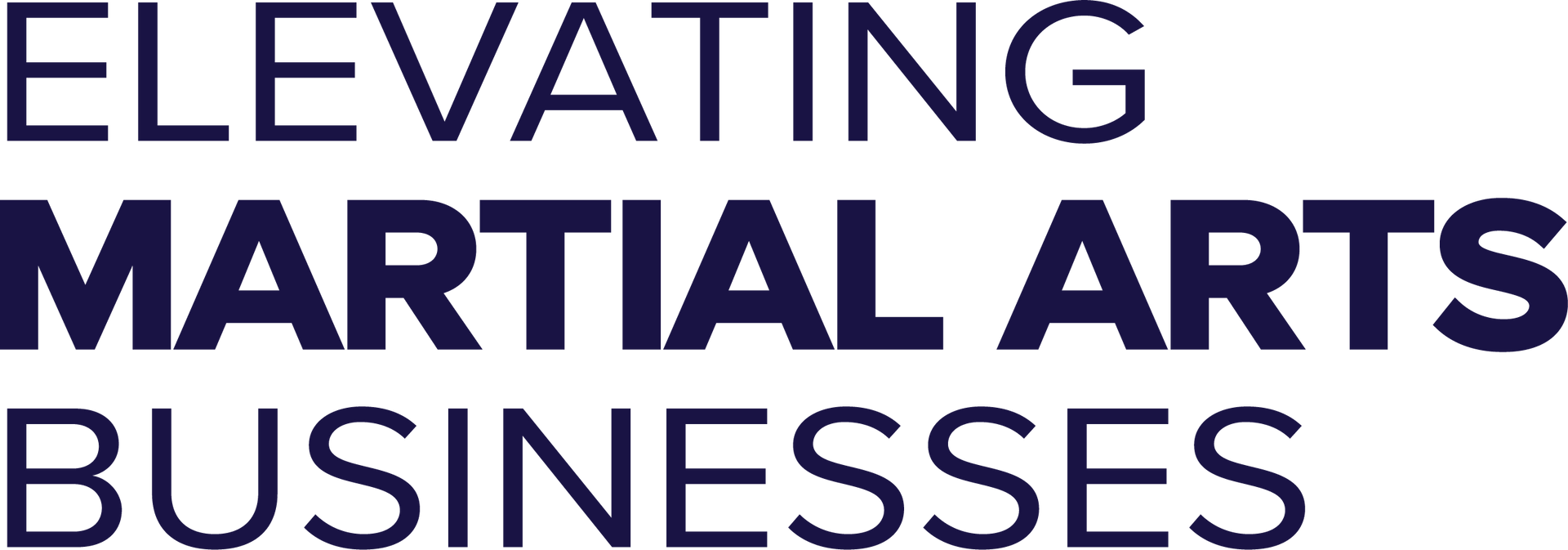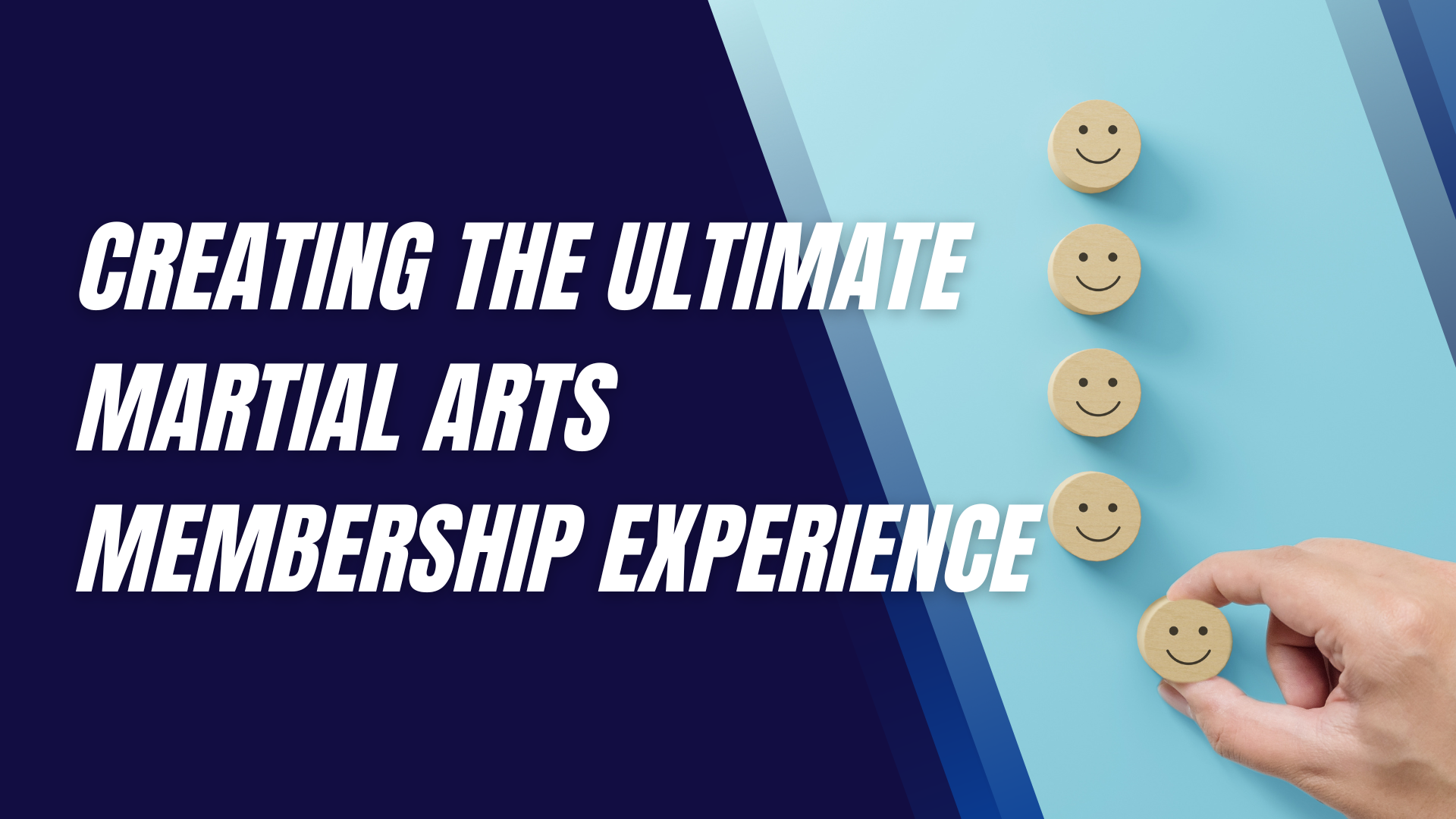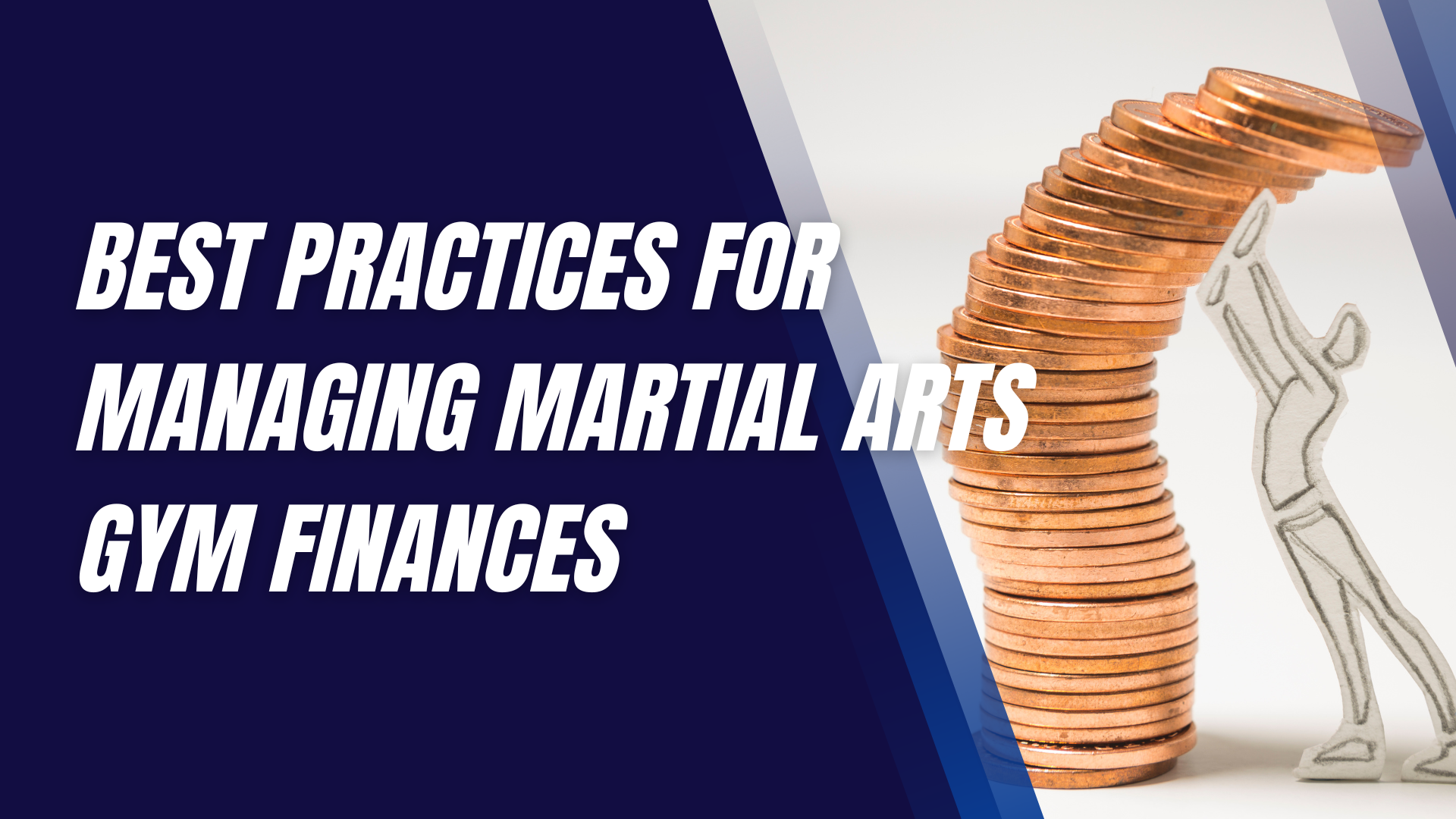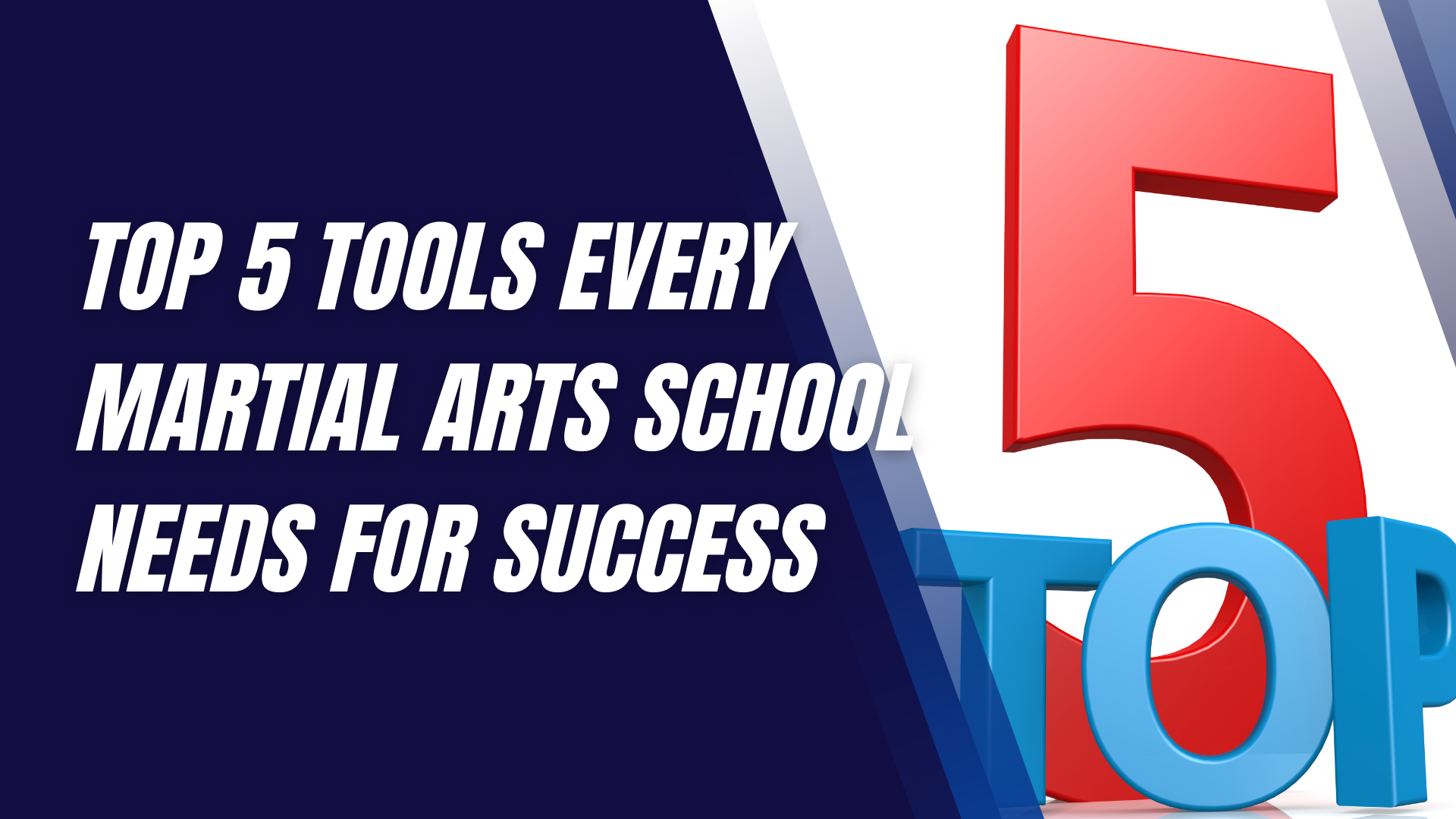The Role of Video Analysis in Improving Martial Arts Techniques
Mastering martial arts is all about refining technique.
Whether you’re perfecting a punch in karate or executing a throw in judo, the precision of your movements is crucial. Enter video analysis – a game-changer that’s revolutionizing the way martial artists train. But how exactly does this technology make a difference? Let’s dive into the role of video analysis in enhancing martial arts techniques.
History of Video Analysis in Sports
Video analysis isn’t a new concept. It started in general sports like football and athletics, where coaches used slow-motion replays to scrutinize athletes' movements. Martial arts, known for its traditional approach, was slower to adopt this technology. However, as the benefits became apparent, martial arts schools and professional fighters began integrating video analysis into their training regimes.
Basics of Video Analysis
So, what is video analysis? It’s the process of recording and reviewing video footage to assess performance. In martial arts, this means capturing movements, analyzing them frame by frame, and identifying areas for improvement. Tools range from simple smartphone apps to sophisticated software with motion tracking and comparative analysis features.
Benefits of Video Analysis in Martial Arts
Precision in Technique Improvement
One of the primary benefits of video analysis is the ability to fine-tune techniques with incredible precision. By watching slow-motion replays, martial artists can see exactly where their form is lacking and make necessary adjustments.
Enhanced Feedback Mechanisms
Unlike verbal feedback, which can be subjective, video analysis provides visual proof of what needs fixing. This makes feedback more concrete and actionable, leading to more effective training sessions.
Tracking Progress Over Time
With video analysis, martial artists can document their progress over time. This visual record is invaluable for setting goals and staying motivated.
Psychological Benefits
Seeing tangible improvements can boost confidence and reduce performance anxiety. Knowing exactly what to work on helps athletes focus better and train more effectively.
Types of Martial Arts and Video Analysis Application
Striking Arts
In disciplines like Karate and Taekwondo, where precision and speed are crucial, video analysis helps in perfecting strikes, kicks, and blocks.
Grappling Arts
For grappling arts such as Judo and Brazilian Jiu-Jitsu, video analysis aids in refining throws, holds, and submission techniques.
Mixed Martial Arts (MMA)
MMA fighters benefit from video analysis by improving their striking and grappling techniques, ensuring a well-rounded skill set.
Key Features of Effective Video Analysis Tools
High Frame Rate Cameras
High frame rate cameras capture fast movements in detail, crucial for analyzing rapid martial arts techniques.
Motion Tracking Capabilities
Motion tracking helps in breaking down complex movements and understanding the mechanics behind them.
Comparative Analysis Features
Comparing current footage with previous recordings or expert demonstrations allows for better benchmarking and improvement.
User-Friendly Interfaces
Ease of use is essential for widespread adoption, ensuring both coaches and athletes can utilize the tools effectively.
How to Implement Video Analysis in Training
Setting Up the Equipment
Start with the right equipment – a high-quality camera, tripod, and good lighting.
Recording Sessions
Capture training sessions from multiple angles to get a comprehensive view of the techniques.
Analyzing Footage
Review the footage carefully, focusing on specific movements and comparing them to ideal forms.
Integrating Feedback into Practice
Use the insights gained to make precise adjustments during training sessions.
Case Studies
Successful Implementation by Professional Fighters
Professional fighters like Conor McGregor have used video analysis to enhance their training, leading to improved performance in the octagon.
Examples from Martial Arts Academies
Many martial arts academies report significant improvements in student performance after integrating video analysis into their programs.
Common Challenges and Solutions
Technical Issues
Technical glitches can hinder the analysis process. Regular maintenance of equipment and using reliable software can mitigate these issues.
Cost Barriers
High-end video analysis tools can be expensive. However, there are affordable options and even free apps that provide basic functionalities.
Learning Curve for Coaches and Athletes
It can take time to get accustomed to video analysis tools. Investing in training for coaches and athletes can ease this transition.
Technological Advances in Video Analysis
AI and Machine Learning Integration
Artificial intelligence can automate the analysis process, providing instant feedback and suggestions for improvement.
Real-Time Analysis Capabilities
Real-time analysis allows for immediate feedback, enabling on-the-spot corrections during training sessions.
Virtual Reality Applications
Virtual reality can simulate training scenarios, allowing martial artists to practice techniques in a controlled, immersive environment.
Psychological Impact of Video Analysis
Boosting Confidence
Seeing continuous improvement builds confidence, which is crucial for competitive performance.
Reducing Performance Anxiety
Knowing what to expect and having a clear improvement plan can significantly reduce anxiety.
Enhancing Focus and Concentration
Detailed analysis helps athletes focus on specific areas, improving overall concentration during training.
Comparing Video Analysis with Traditional Coaching Methods
Strengths and Limitations of Each Approach
Video analysis provides visual proof and detailed insights, while traditional coaching offers personalized, experience-based guidance. Combining both can lead to the best results.
Synergy Between Video Analysis and Personal Coaching
When used together, video analysis and personal coaching complement each other, providing a well-rounded training approach.
Future Trends in Video Analysis for Martial Arts
Predictions for Technological Advancements
Expect advancements like more affordable high-tech tools, AI-driven analysis, and increased integration of VR.
Potential Impact on Martial Arts Training and Competition
These advancements could make high-quality training accessible to more people, raising the overall standard of martial arts.
Expert Opinions
Insights from Martial Arts Coaches
Coaches highlight the clarity and precision video analysis brings to training, helping both beginners and advanced practitioners.
Perspectives from Sports Scientists
Sports scientists emphasize the data-driven insights that video analysis provides, making it a valuable tool for performance enhancement.
Final Thoughts
Video analysis is transforming
martial arts training, offering unparalleled precision and insights. Whether you’re a beginner or a seasoned fighter, integrating this technology can elevate your techniques and overall performance. Embrace video analysis to refine your skills and stay ahead in your martial arts journey.
Interested in trying a martial arts class? Find an affiliated academy anywhere in the country by clicking here.
Have your own martial arts program? Get to know more about what we have to offer at Ground Standard Agency for helping martial arts businesses grow.
Email us at info@groundstandard.com, or call and text us at (732) 907-8920 today to learn how to start growing your own academy, school, dojo, or gym with us as well.
Share this article












